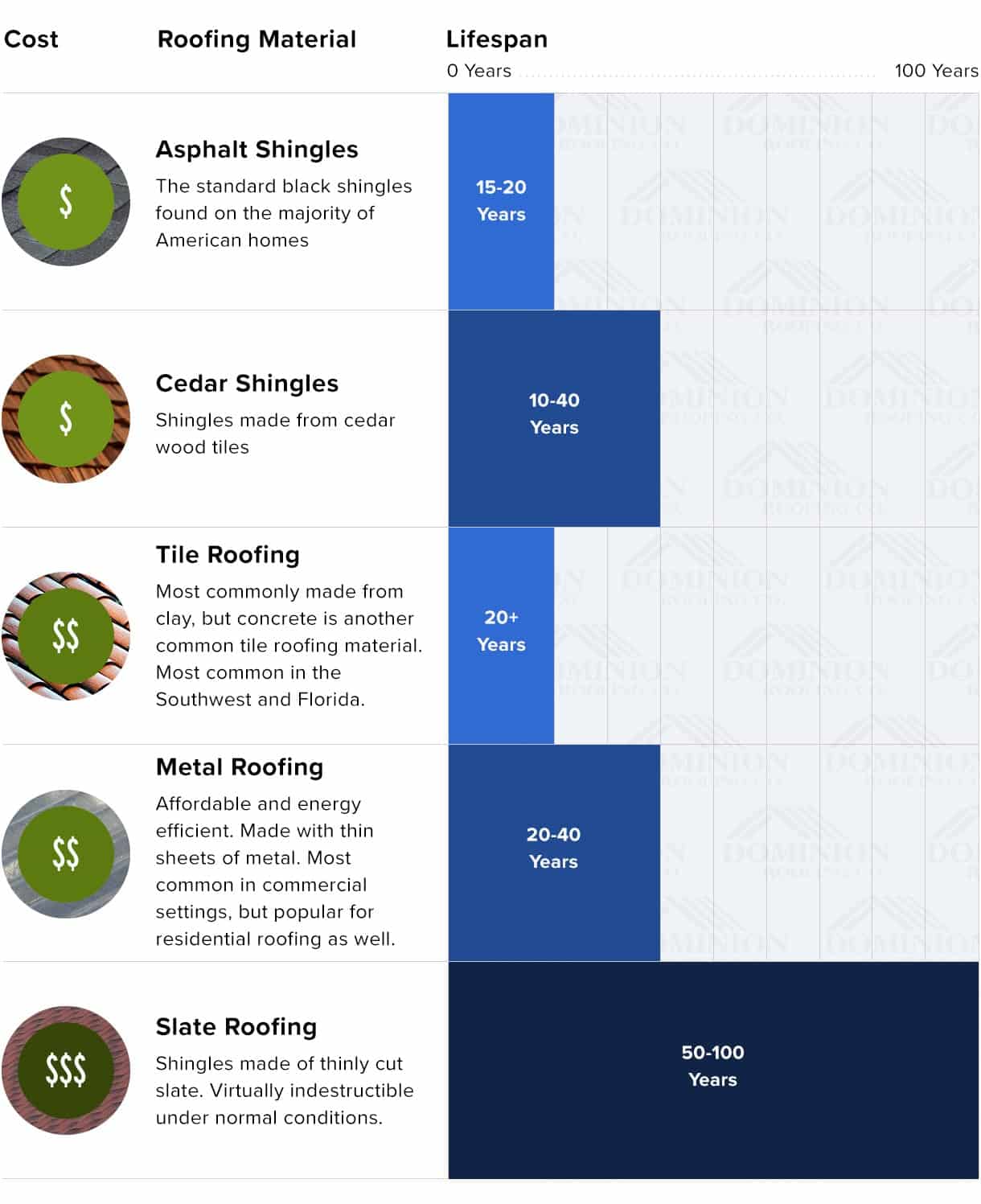The Function Of Roof Ventilation In Guaranteeing An Effective Setup
The Function Of Roof Ventilation In Guaranteeing An Effective Setup
Blog Article
Published By-Conway Iversen
When you're dealing with a roofing job, you might not assume much about roofing ventilation, but it's more critical than you realize. Efficient ventilation aids regulate temperature and wetness in your attic, avoiding issues like mold and mildew and architectural damage. By recognizing just how to design and install a well balanced ventilation system, you can improve energy effectiveness and lengthen the lifespan of your roofing products. So, what are the crucial elements to take into consideration throughout installment that can make all the distinction?
Value of Roof Covering Air Flow
Roof air flow plays an important duty in maintaining the general health of your home. By enabling fresh air to circulate with your attic room, it helps regulate temperature level and wetness levels. This balance is necessary to avoid warmth accumulation during hot months, which can cause enhanced power costs as your air conditioning works overtime.
Moreover, appropriate air flow substantially lowers the danger of moisture-related issues like mold and mildew. If humidity degrees climb, your home's architectural integrity can be jeopardized, leading to pricey repairs. You would not wish to deal with deteriorating timber or distorted roof products, right?
In addition, ample ventilation prolongs the life-span of your roof. When warmth and dampness are kept in check, your roofing system can carry out ideally, protecting against premature damage. This implies fewer migraines and expenses down the line.
Exactly How Roofing System Air Flow Functions
Effective roofing system air flow counts on the all-natural activity of air to develop an equilibrium in between intake and exhaust. When you install vents, you're basically permitting fresh air to enter your attic room while allowing hot, stagnant air to leave. This process aids manage temperature level and dampness degrees, preventing concerns like mold development and roof damage.
Consumption vents, generally found at the eaves, reel in amazing air from outdoors. At the same time, exhaust vents, situated near the ridge of the roof, allow hot air surge and leave. https://ehsdailyadvisor.blr.com/2019/06/roofer-hit-with-1-8-million-osha-penalty/ in temperature level produces an all-natural air movement, referred to as the stack result. As cozy air increases, it develops a vacuum cleaner that draws in cooler air from the lower vents.
To enhance this system, you need to ensure that the consumption and exhaust vents are effectively sized and placed. If the intake is restricted, you will not accomplish the desired air flow.
Likewise, visit my webpage can catch warmth and dampness, causing potential damages.
Key Installation Factors To Consider
When setting up roofing system air flow, a number of essential considerations can make or break your system's effectiveness. First, you need to assess your roof's style. The pitch, shape, and materials all influence airflow and ventilation option. Make sure to choose vents that match your roof covering kind and neighborhood environment conditions.
Next off, think about the placement of your vents. Preferably, you'll desire a balanced system with intake and exhaust vents positioned for optimal air movement. Location consumption vents short on the roof and exhaust vents near the height to encourage an all-natural circulation of air. This setup assists prevent wetness build-up and promotes power effectiveness.
Don't ignore insulation. Proper insulation in your attic room protects against warm from escaping and maintains your home comfy. Make sure that insulation doesn't obstruct your vents, as this can prevent air flow.
Finally, think of maintenance. Choose air flow systems that are easy to accessibility for cleansing and inspection. Regular upkeep guarantees your system remains to function efficiently gradually.
Conclusion
In conclusion, roof covering ventilation is important for an effective installment. By guaranteeing appropriate air flow, you can prevent warmth buildup and wetness problems that result in pricey damage. When you tactically position intake and exhaust vents, you improve energy effectiveness and extend the life expectancy of your roof covering. Keep in mind, a well-ventilated roofing not just safeguards your investment yet additionally enhances your indoor air quality. So, prioritize air flow to make certain a durable and economical roof for your home.
